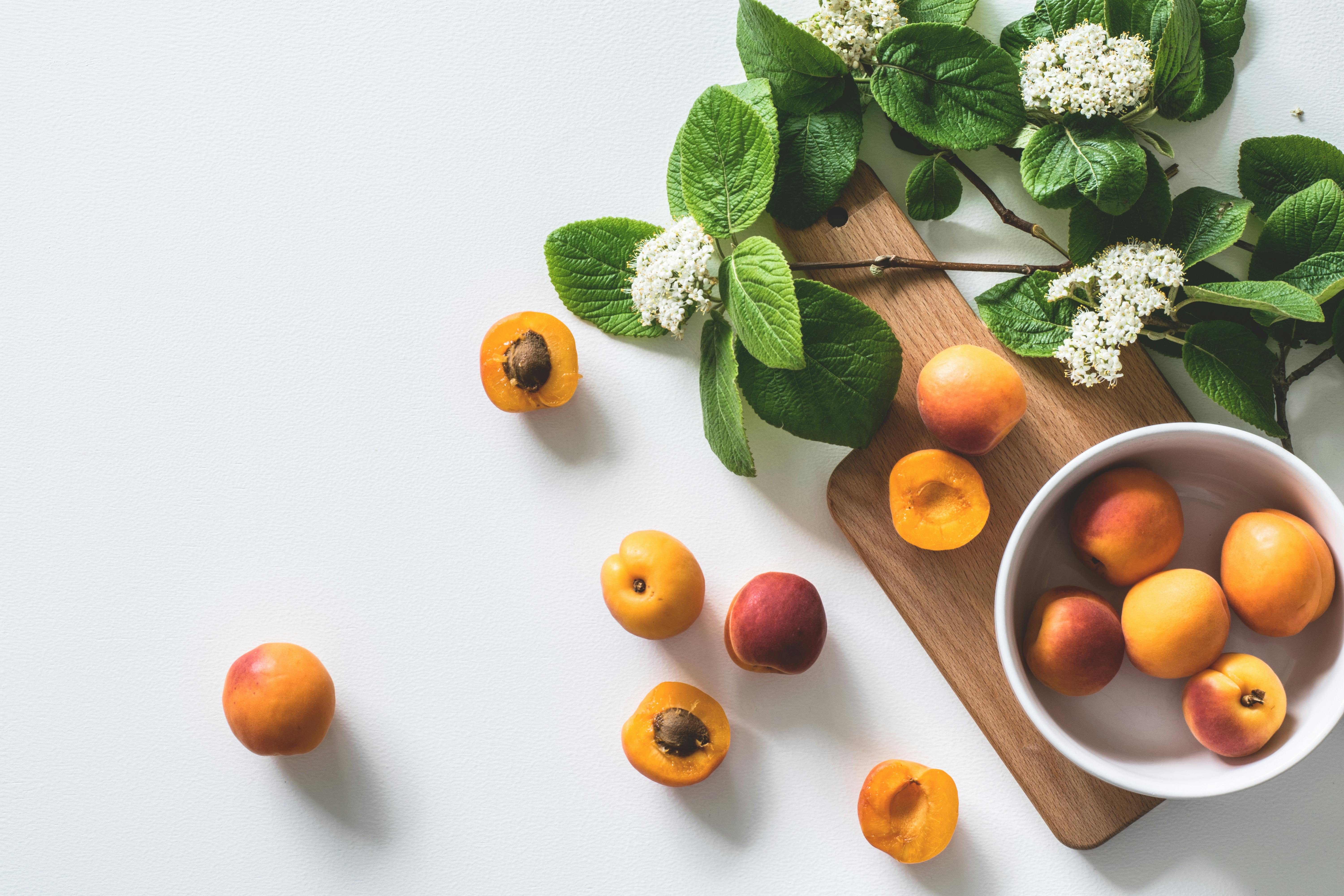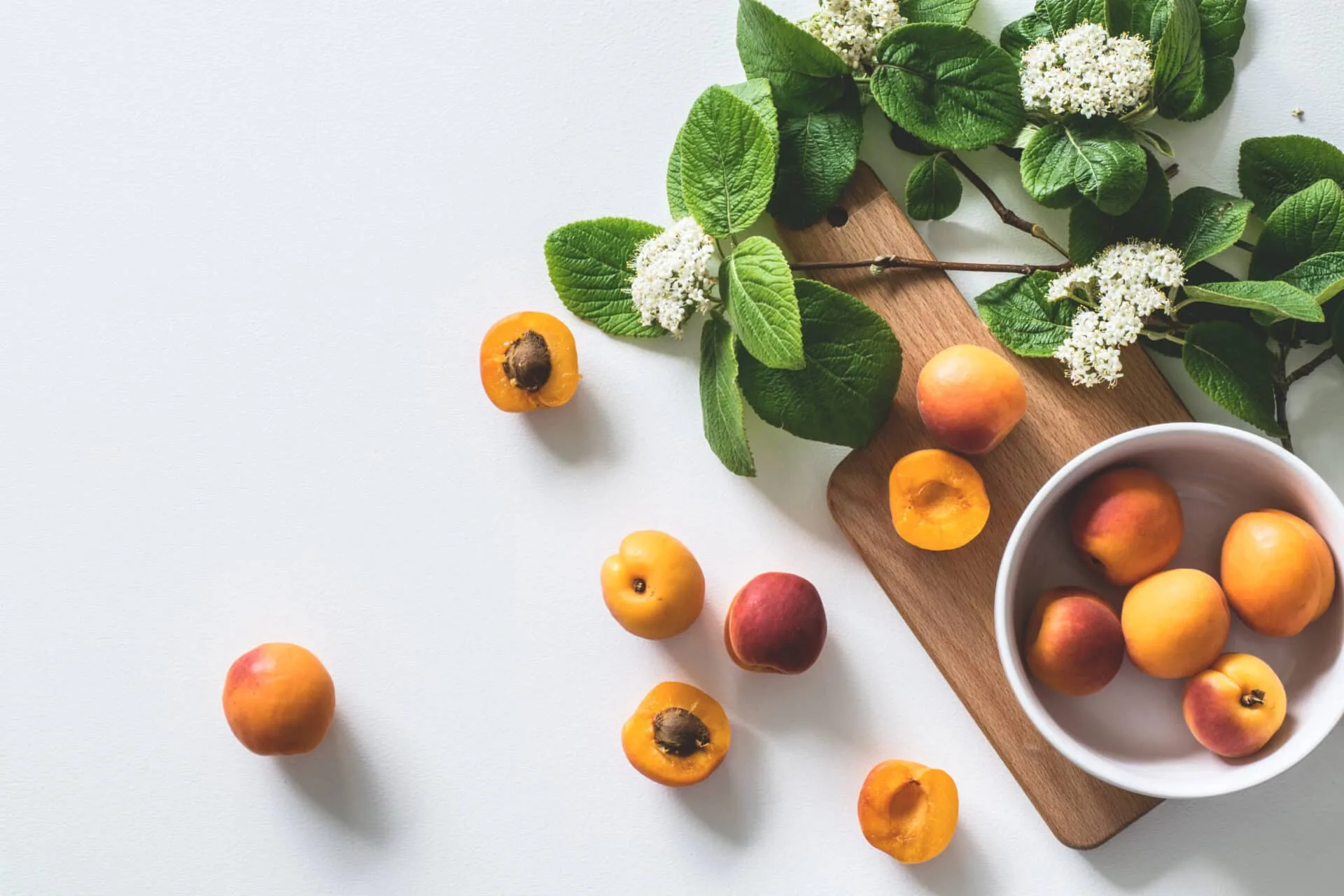A flower is the reproductive part of a flowering plant. The part of the flower that develops into a fruit is the ovary, which is located at the base of the flower. The ovary contains the female reproductive organs, including the egg and ovules. When fertilization occurs, these structures develop into a fruit that contains seeds. Fruits provide nutrition for both animals and humans and are an important part of many diets around the world.A fruit is a seed-bearing structure that is developed from the ovary of a flowering plant. Fruits are typically sweet, edible, and have fleshy tissues. Examples of fruits include apples, oranges, bananas, strawberries, and pears.
The Anatomy of a Flower
A flower is a complex structure that contains the reproductive organs of flowering plants. It consists of several distinct parts, each with its own specific function to help promote pollination and fertilization. The main components of a flower are the sepals, petals, stamens, pistils, and receptacle.
The sepals are the outermost parts of the flower and are typically green in color. They form a protective layer around the other parts of the flower and help to protect it from damage or harm. The petals are usually colorful and attract pollinators like bees, butterflies, and hummingbirds. They also help to disperse pollen so that fertilization can occur.
The stamens consist of a filament and an anther which produce pollen. The pistils are female reproductive organs that contain an ovary with one or more ovules where fertilization takes place. Finally, the receptacle is the base of the flower to which all other parts attach themselves.
All these components work together to create a beautiful and complex structure that helps promote pollination and fertilization in flowering plants. Flowers come in a variety of shapes, sizes, and colors making them one of nature’s greatest works of art!
Types of Fruits
Fruits are an important part of any healthy diet. They are packed with essential vitamins, minerals, and other nutrients that can help keep us in top physical condition. There is a wide variety of fruits available today, each with its own unique flavor and nutritional benefits. Some of the most popular types of fruits include apples, oranges, bananas, strawberries, blueberries, grapes, and pineapples.
Apples are one of the most popular fruits in the world due to their sweet taste and crunchy texture. They contain vitamins A and C as well as a variety of antioxidants which can help reduce inflammation and boost immunity. Apples also contain pectin which can help reduce cholesterol levels in the body.
Oranges are another popular type of fruit. They are full of vitamin C which helps to protect against colds and flu as well as boost the immune system. Oranges also contain folate which helps with cell growth and development. In addition to this they are a great source of potassium which helps to regulate blood pressure levels in the body.
Bananas are also a great source of nutrition for both adults and children alike. They contain high levels of potassium which helps to maintain healthy blood pressure levels in the body as well as magnesium which is important for bone health. Bananas also contain dietary fiber which can help to regulate digestion and reduce cholesterol levels in the body.
Strawberries are one of the tastiest fruits around due to their sweet flavor and juicy texture. They are packed full of vitamin C as well as several other essential vitamins such as vitamin K1 which helps with blood clotting functions in the body. Strawberries also contain ellagic acid which can help protect against certain types of cancer cells from forming in the body.
Blueberries are another great option for those looking to make sure they get their daily dose of essential vitamins and minerals. They contain high amounts of antioxidants such as anthocyanin which helps to protect cells from damage caused by free radicals in the environment. Blueberries also contain vitamin C and dietary fiber both necessary for good health.
Grapes have long been known for their delicious flavor but did you know that they offer many health benefits too? Grapes contain resveratrol a powerful antioxidant that can help fight off disease-causing bacteria while providing anti-inflammatory benefits too! Grapes are also packed full of vitamins A & C along with iron calcium magnesium phosphorus zinc copper manganese selenium chromium molybdenum boron vanadium potassium iodine sulfur silicon nickel cobalt tin lead cadmium arsenic barium strontium cobalt copper zinc lithium beryllium rubidium tin titanium germanium gallium aluminum antimony chlorine phosphorus sulfur arsenic selenium iodine cesium rubidium bromine boron etc.
Finally pineapples offer an array of nutritional benefits too! Not only do they provide vitamin C but they’re also rich in manganese an important mineral for bone health among many other things! Pineapples also provide dietary fiber that can aid digestion while helping to reduce cholesterol levels in the body too!
The Parts of a Flower
Flowers have many different parts that each serve an important purpose. The main parts of a flower include the petals, sepals, receptacle, stamens, and pistils. The petals are the colorful and often fragrant parts of a flower. They attract pollinators like bees and butterflies to the flower. The sepals are small green leaves that protect the petal during its bud stage. The receptacle is the base of the flower where all the other parts are attached. The stamens are made up of two parts: anthers and filaments. The anthers produce pollen and the filaments hold them up so they can be spread by pollinators. Finally, the pistils are made up of stigma, style, and ovary. The stigma receives pollen from pollinators, while the style carries it down to the ovary where fertilization can take place.
Each part of a flower plays an essential role in its life cycle. Knowing what each part does can help you better understand how flowers reproduce and thrive in nature!
Developing the Fruit
Developing the fruit is an important step in the process of cultivating a successful crop. It involves making sure that the right combination of nutrients, water, and sunlight are available to the plant, as well as controlling pests and diseases. Achieving this will ensure that your fruit is healthy and of high quality.
The first step in developing the fruit is to select a suitable variety for your growing conditions. This will determine how well your plants will produce. Different varieties require different amounts of care and attention, so you should take this into consideration before selecting one.
Once you have chosen a suitable variety, it is important to provide adequate nutrition for optimal growth. This should include adding fertilizer to the soil and providing necessary nutrients such as phosphorus, potassium, calcium, magnesium, manganese, zinc, iron, boron and copper to ensure healthy growth. You may also need to adjust soil pH levels if necessary.
Watering is another important factor in developing the fruit. You should aim to keep the soil moist but not soggy for optimal growth and development. Additionally, you should protect the plants from too much direct sunlight or wind which can cause damage or stress them out.
Pest and disease control are also important for developing healthy fruit. Inspect your plants regularly for signs of pests or diseases such as molds or fungi that can harm them. If any are found, take immediate action by applying appropriate treatments such as insecticides or fungicides to prevent further damage or spread of infection.
Finally, pruning can help improve crop yields by removing dead stems and leaves as well as thinning out overcrowded parts of your plants which can improve air circulation and light penetration throughout your garden area. Pruning also helps maintain a desirable shape for your plants which can be aesthetically pleasing when done correctly.
By taking these steps into consideration when developing your fruit crop you can ensure that you get a bumper harvest full of healthy produce!

Which Part of a Flower Develops into a Fruit?
The part of the flower that develops into a fruit is the ovary. The ovary is located at the base of the petals and sepals, and it contains the female reproductive organs, which produce eggs. When these eggs are fertilized by pollen, they develop into fruits. The fruits contain the seeds that will eventually become new plants.
The process of fertilization begins when pollen lands on the stigma, which is located at the top of the style. The pollen then travels down through the style and into the ovary. Once inside, it fertilizes an egg, which then develops into a fruit that contains seeds. These seeds can be used to propagate new plants or to provide food for various animals and insects.
In addition to producing fruits, flowers also provide nectar that serves as food for bees and other pollinating insects. As these insects move from flower to flower carrying pollen, they help to ensure that fertilization occurs and that plants will continue to thrive in their environment.
The process of pollination also produces many different types of fruits with different tastes, textures, colors, and sizes depending on the type of plant they come from. This allows us to enjoy a wide variety of foods in our diets.
Overall, it is clear that flowers play an important role in producing fruits and helping plants propagate themselves through pollination. Without them, we would not have nearly as much variety in our diets or in our environment!
How Pollination Affects Fruit Development
Pollination is an essential process for the development of fruits and vegetables. It is the transfer of pollen from the male parts of a flower to the female parts, allowing fertilization to take place. This process is necessary for plants to reproduce and produce fruits and vegetables. Without pollination, plants would not be able to produce the food that we consume.
Pollination takes place in several different ways, including wind, animals, insects, and even humans. Wind-pollinated plants are generally found in grasslands or other open areas with plenty of air movement. The pollen from these plants is very light and can travel great distances. Animal-pollinated plants rely on animals such as birds or bats to bring their pollen from one flower to another. Insect-pollinated plants, such as apples and pumpkins, rely on bees or other insects to carry their pollen from flower to flower. Human-pollinated plants require human intervention in order for pollination to take place.
Once pollination has occurred, it is essential for fruit development. Pollen contains genetic material that allows two flowers of the same species to combine their genetic information in order for fertilization to take place. Once this has happened, the fertilized egg will grow into an embryo which will eventually become a fruit or vegetable. Without pollination, none of this would be possible.
In addition to allowing for fertilization and reproduction, pollination also affects the size and quality of fruits and vegetables that are produced. Pollen from different sources may contain different amounts of nutrients which can affect the size and quality of fruits and vegetables produced by a plant. This means that if a plant is not receiving enough pollinators or if it’s receiving too many pollinators with different genetic material than what it needs then its fruit may not reach its full potential.
Overall, pollination plays an important role in fruit development by allowing fertilization to occur between two flowers of the same species and providing nutrients necessary for healthy fruit production. Without proper pollination, our diets would be greatly affected since we wouldn’t have access to all the fruits and vegetables we currently enjoy today.
Germination Stage
The germination stage of fruit development is the first step in the process. During this stage, the seed undergoes a sprouting process and begins to form its root and shoot systems. At this stage, the young plant is highly dependent on its environment for nutrients and moisture. As it continues to grow, the seedling will start to form leaves and become more self-sufficient. As the plant matures, it will start to produce flowers, which will eventually turn into fruits.
Blooming Stage
The blooming stage of fruit development is when flowers begin to form on the plant. During this phase, pollinators such as bees are attracted to the flowers and help spread pollen from one flower to another. This process allows for cross-pollination which leads to fertilization of the ovules inside each flower, resulting in fruits that contain seeds. The blooming stage can range from a few days up to several weeks depending on the type of fruit being produced.
Fruiting Stage
The fruiting stage of fruit development is when all of these processes come together and the fruits begin to mature. Fruits are typically harvested once they have reached their peak ripeness as they may not continue to ripen after being picked. During this stage, fruits may also change color or sweetness depending on their variety.
Ripening Stage
The ripening stage of fruit development is when fruits become softer and juicier as they mature further. During this phase, enzymes within the fruit break down starches into sugars which give them their sweet flavor. This stage can range from a few days up to several weeks depending on the type of fruit being produced.
Harvesting Stage
The harvesting stage is when fruits are picked from plants at their peak ripeness for consumption or further processing into other products such as jams or juices. Harvesting should be done carefully so as not to damage any of the surrounding vegetation or soil.

Conclusion
The ovary is the part of a flower that develops into a fruit. Fruits help to disperse the seeds of plants, ensuring their survival and propagation. Fruits develop from the ovary of the flower, which can vary in size, shape and texture depending on the species. The development of fruits from flowers is an essential part of the life cycle of plants and contributes to their success in diverse habitats. Understanding this process can help us better appreciate the beauty and importance of flowers in nature.
In conclusion, we can see that the ovary is central to the development of fruits. By understanding this process more closely, we can gain a greater appreciation for all types of plants and their role in our lives.



